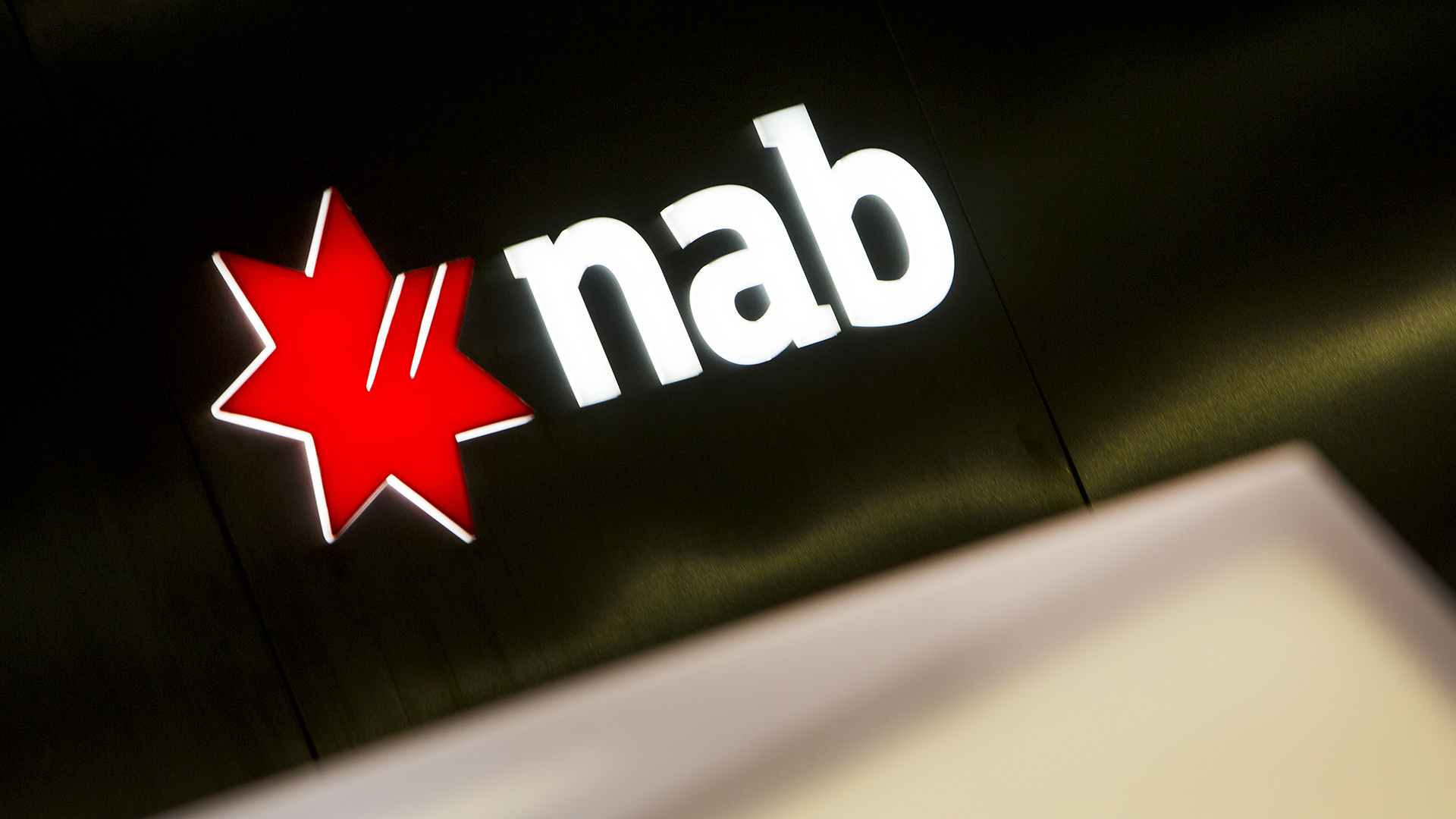- MLC releases new whitepaper and calls for a more informed debate on the future of our superannuation system
- Almost one-in-two Australians say they are living ‘pay-cheque to pay-cheque’
- 48% of Australians say ‘Living comfortably’ requires at least $150,000 annually
- An overwhelming majority say that being worth $1,000,000 does not make you rich in Australia today
NAB-owned wealth management provider, MLC is calling for a more informed debate on the future of our superannuation system, starting with a fresh look at how Australians are actually living their lives now, and how they expect to live in retirement.
Andrew Hagger, NAB Wealth Group Executive, and MLC CEO, today released the first of a three-part whitepaper commissioned by MLC to help better inform this debate. The research shows how Australians perceive their socio-economic standing and the lifestyle characteristics they value and aspire to in order to gain a sense of financial security.
The research reveals Australians are confused by their social standing, with 66 per cent of people labelling their class as either middle or lower middle, and almost one-in-two Australians saying they are living ‘pay-cheque to pay-cheque’.
“At the end of the day, helping more Australians to save for their retirement should be a national priority,” Mr Hagger said.
“But, with almost one-in-two Australians saying they are living ‘pay-cheque to pay-cheque’, we’ve got to ask ourselves if we’ve got the settings right to achieve that aim.
“When more Australians fund their own retirement, we win on two fronts – we improve our quality of life, and reduce the budgetary burden of an ageing population for future generations.
“But, in order to have a well-informed national conversation about our super system, we need to understand how Australians identify themselves and discover their aspirations.
“We all have a stake in this goal and NAB and MLC, as one of Australia’s largest super and financial planning providers, is prepared to take a lead role in the debate and offer options to bring about enduring change.”
Stuck in the middle; an Australian class conundrum
The research, which involved surveying more than 2,000 Australians, reveals Australians have a striking perception problem when it comes to their personal socio-economic standing and that of others.
The Australia Today whitepaper lifts the lid on how Australians are living their financial and social lives. The report shows that Australians are confused by their social standing, with 66 per cent of people labelling their class as either middle or lower middle, when in fact only 20 per cent of Australians actually fit into this category.
Socio-economic confusion
The report found that 40 per cent of Australians actually fit into either the upper class or upper middle class categories, when benchmarked against a range of factors including income, occupation, employment and home occupancy.
The research suggests the confusion lies in the perceived difference between ‘lifestyle’ and ‘standard of living’, with 75% of respondents agreeing that having a comfortable lifestyle means ‘having enough money to do what I want, when I want.’
Higher income earners with a household income of $200,000 or more per annum were more likely to underestimate their financial position, with 44 per cent rating themselves as middle class.
Half (46 per cent) of Australians say they are living ‘pay-cheque to pay-cheque’, including one in five of those with a household income of more than $200,000 annually.
Nearly half of those surveyed told us that living comfortably requires at least $150,000, and an overwhelming majority say that being worth $1,000,000 does not make you rich in Australia today.
When asked to describe the lifestyle of a typical middle class Australian, many said that the pre-requisites are having a professional job, owning a house and car and being able to send their children to private school. With the average household income of the middle class sitting at $77,676 per annum, the research suggests there is a clear disconnect between the definition of ‘lifestyle’ and ‘standard of living.’
“It’s clear that Australians perceptions of what the “middle class” is has changed dramatically from 20 or 30 years ago,” Mr Hagger said.
“But, while we have changed our spending patterns, have we also changed our savings patterns? Is the current super system helping Australians achieve the standard of living they aspire to in retirement?
This research also tells us that many Australians are looking to Government for the answers, with nearly half of those surveyed believing the government should do more to help middle class families.
“Whether it be the Hawke/Keating super reforms of the 80s and 90s, or the 2006 Howard-era Future Fund, both sides of politics have made substantial contributions to help to ‘save retirement’.
“Yet we know people contribute less when government tinkers or even discusses tinkering with the system. Super is a long term product that needs stable policy.
“The stakes are high. When we get super right, it helps Australians in retirement and helps our economy. When we get it wrong, we risk our future prosperity.
“We do believe a key priority should be to establish a clear objective for our super system – one that all future reforms can be focussed on supporting.
“Any reform must maximise the retirement outcomes of Australians in the future – across generations.”
Other key findings included:
- When asked to select what might contribute to social class now, money trumped everything else
- 76% of Australians said that their mortgage has a big impact on their lifestyle, while 83% agreed that the cost of living is much higher than it was a decade ago
- Much of what is considered ‘the norm’ today would have been considered ‘luxuries’ 20 years ago. At the top of the list of new lifestyle essentials includes international travel, private schooling, technology and eating out.
- 85% believe that people nowadays live beyond their means.
- 48% believe that the government should do more to help middle class families, while 69% believed that the high cost of living meant that middle class people were struggling to make ends meet.
- The research found that while Australians may have the wrong idea when it comes to the social class they belong to, the great Australian can-do spirit is alive and well – with 75% of Australians believing that hard work pays off.
About the Australia Today whitepaper: MLC commissioned IPSOS to prepare a three-part whitepaper to explore the challenge of how we get more Australians to think about their retirement. Part 1 of the whitepaper is now available to download from www.mlc.com.au/australia-today, with Part 2 and 3 available in coming months.




